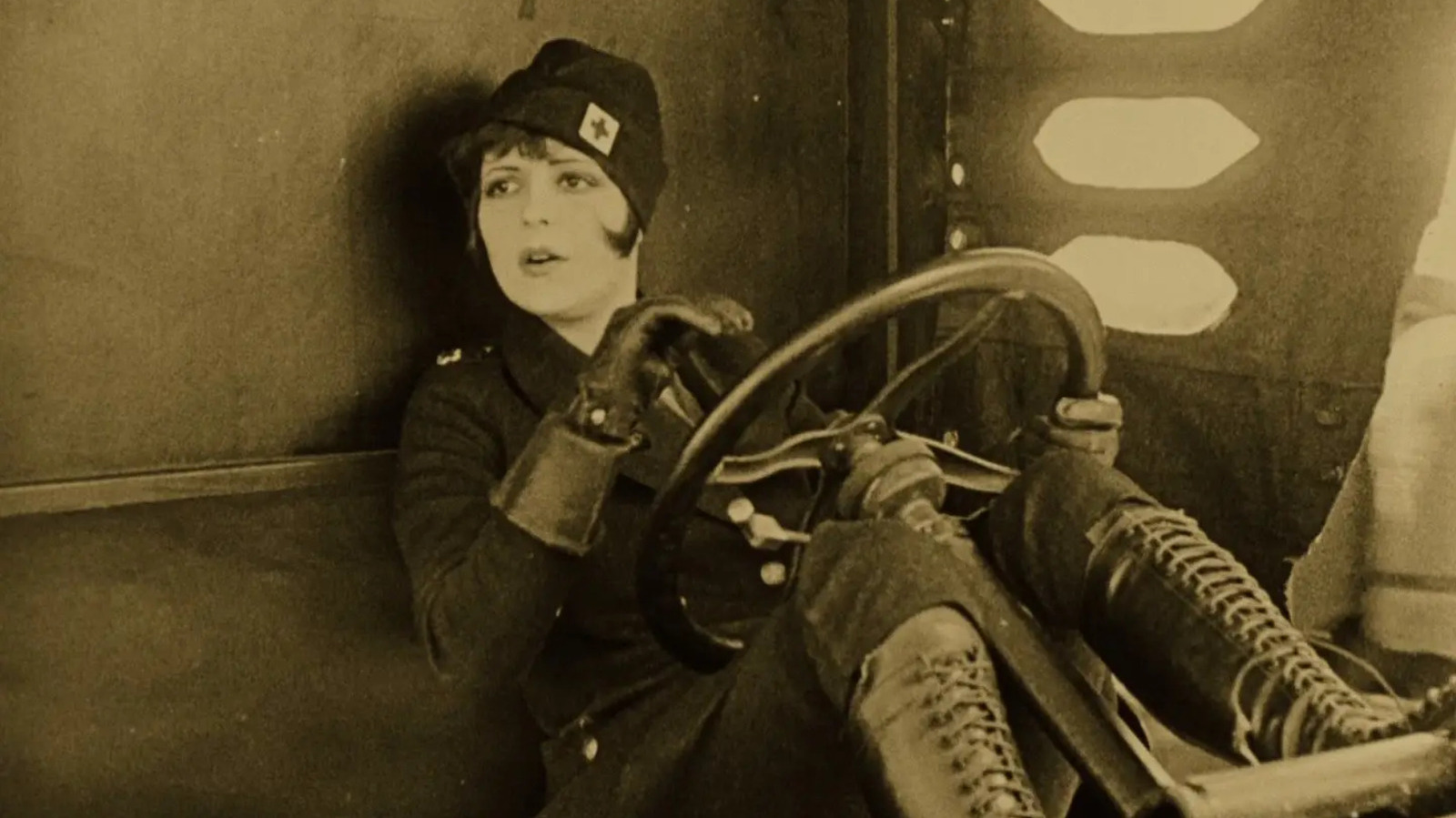
Technically, there were two Best Picture winners at the first Oscars ceremony. The event was held on May 16, 1929, in the Blossom Room of the Hollywood Roosevelt Hotel, and it only took 15 minutes to hand out all the awards. This was because, unlike modern-day Oscars telecasts, the winners had already been announced a few months before; the ceremony was only held as a way to provide a “prom” for the winners (one in which Douglas Fairbanks handed them their statuettes).
Advertisement
The two Best Picture categories were divided by “vibe.” One category was called Outstanding Picture, while the other was called Best Unique and Artistic Picture. William Wellman’s war epic “Wings” took home the former, with F.W. Murnau’s “Sunrise: A Song of Two Humans” winning the latter. There were also two Best Director categories that year, with Best Directing (Comedy Picture) going to Lewis Milestone for his film “Two Arabian Knights” and Best Director (Dramatic Picture) going to Frank Borzage for “7th Heaven.” By the time the second Oscars was held on April 3, 1930, the Best Unique and Artistic Picture category was abandoned, with only Outstanding Picture remaining and the Best Director category reduced to just one winner.
Advertisement
Until 1940, the top prize was called Outstanding Production. It turned into Outstanding Motion Picture in 1941 before finally becoming Best Motion Picture in 1945. Because of these naming conventions, “Wings” is often considered the first Best Picture winner, with “Sunrise” serving as a footnote for film buffs. This is a pity, as “Sunrise” is an excellent film that everyone should see.
“Wings” is no slouch, though, and features a lot of impressive filmmaking techniques wrapped around a wholly satisfying wartime love triangle. And, yes, it also includes an appearance by the soon-to-be Western legend Gary Cooper, who plays a supporting role as Cadet White. The character is introduced to one of the movie’s leads in one scene, only to be killed in the next.
The Best Picture-winning Wings is pretty awesome
The central relationship in “Wings” is the one between Jack Powell (Buddy Rogers) and David Armstrong (Richard Arlen), two friendly rivals from the same small town in the middle of the U.S. Both of them have the hots for the local bombshell Sylvia (Jobyna Ralston), while Jack is beloved by the gorgeous and feisty Mary (a top-billed Clara Bow). With World War I raging, both men proudly decide to enlist as fighter pilots while Mary enlists as an ambulance driver. However, there is a misunderstanding during their teary farewell; although Sylvia says she actually loves David, Jack assumes she’s talking about him.
Advertisement
During basic training, David and Jack become close friends, forming a vital soldier-like camaraderie. Jack also evolves into a star pilot who’s much beloved by the military. After pulling off a dangerous maneuver, he goes to get drunk. This results in a virtuosic sequence wherein, as Jack celebrates, the camera seems to float forward across several tabletops, slowly moving through the activities of various revelers before settling on Jack as he grows intoxicated. Given the sheer size and unwieldiness of cameras in the late 1920s, this shot required a great deal of planning and choreography to pull off. It’s likely that your professor will show you (or showed you) this party scene on your very first day of film school.
Advertisement
Moving along: Mary encounters Jack during his celebration. Unfortunately, he’s so drunk that he doesn’t recognize her, which breaks her heart. She hauls him back to his room, puts him to bed, and switches uniforms. While changing, though, the MPs break in and bust her for lewd conduct; no fraternizing allowed! May is then booted from the service and sent home. Bow, it should be noted, is often cited as one of the leads in “Wings” despite having far less screen time than her male co-stars. She certainly gives the most human performance of the film’s three headliners.
Let’s talk about the kiss goodbye in Wings
The climax of “Wings” is a “Top Gun”-style air fight that’s undercut by tragedy. While David manages to defeat a bunch of German biplanes, he’s shot down in the process. Fortunately, he survives the crash and steals a German plane to return to the U.S. base. Jack, however, sees the German plane that David is flying and shoots it down. Oh no! Upon being told what happened, Jack quickly rushes to be by his friend’s side as he dies. The two men bid each other farewell, forgiving one another for their transgressions and kissing on the lips.
Advertisement
It’s tempting to see the kiss as a moment of romance between the two men, but it was more likely a gesture of intimate tenderness. Some see “Wings” as a love story between the two men, arguing that the whole film has a notably queer subtext. It’s just as likely, though, that modern notions of masculinity were very, very different nearly a century ago and that men were permitted to more openly express their feelings. Also, because queerness was rarely discussed by the general public (the closet was very deep), it’s possible a mass audience saw two men confess their feelings for one another — and kissing on the mouth — before leaving the theater, believing they had simply witnessed two straight men having a very meaningful friendship. Given the mores of the ’20s, that could have easily been the filmmakers’ intent, too.
Advertisement
“Wings” is a little corny in terms of its melodrama (its emotions are big and operatic), but it’s still an impressive action flick in the Old Hollywood mold. The dogfight scenes remain exciting, while the dynamic camera movements are surprisingly modern. “Wings” is available to watch for free on services like Kanopy and Hoopla and can be rented on AppleTV and Prime Video. Do your film professor proud and watch it tonight. It’s pretty good.
Although it’s not as good as “Sunrise.”



